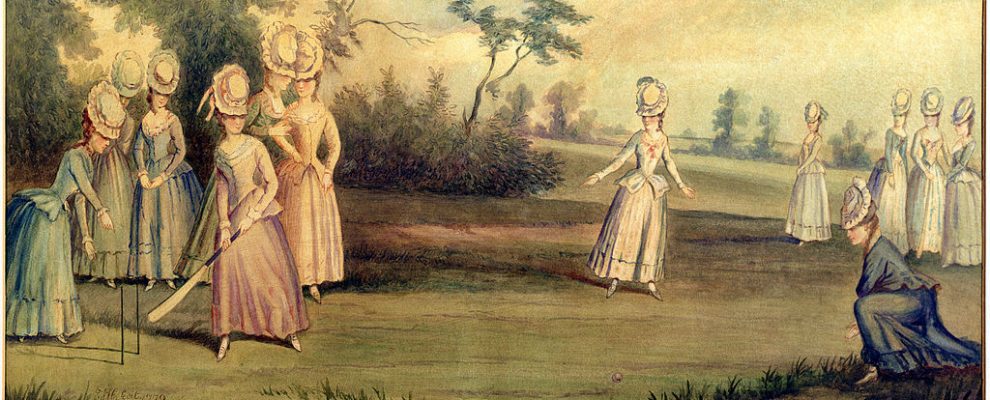Horseracing, boxing and cricket generated a considerable popular following and spectatorship in the eighteenth century. However, most sporting occasions were considerably smaller in scale. Despite this many sports, had a strong professional element, a whole gamut of tactical practices, degree of sophistication and fairly well established rules. For example, fencing, with the introduction of the foil and later the epee, enabled practitioners the opportunity to perfect their skills. The introduction of rules and the adoption of ‘polite’ objectives, also made the purpose of fencing less lethal and more discernibly about polite competition.
Crucially, whether a sport developed a large spectatorship or continued to be enjoyed on a local or private level, almost any event was considered an opportunity to gamble. Indeed, it is hard to imagine any sporting contest of the time which could have attracted the well-to-do without the stimulus of betting.
With higher stakes came a greater desire to shorten the odds by formalising the rules of the game. Boxing is a typical example of a sport which dramatically evolved during the period in response to its spectatorship. For whilst the introduction of Broughton’s list of rules was designed to introduce a degree of restraint to the sport, it was also clearly designed to make pugilism an event upon which spectators were able to wager a bet with more assurance of the outcome.

Source: In Pursuit of Pleasure: Entertaining Georgian Polite Society (Fairfax House, 2016)
